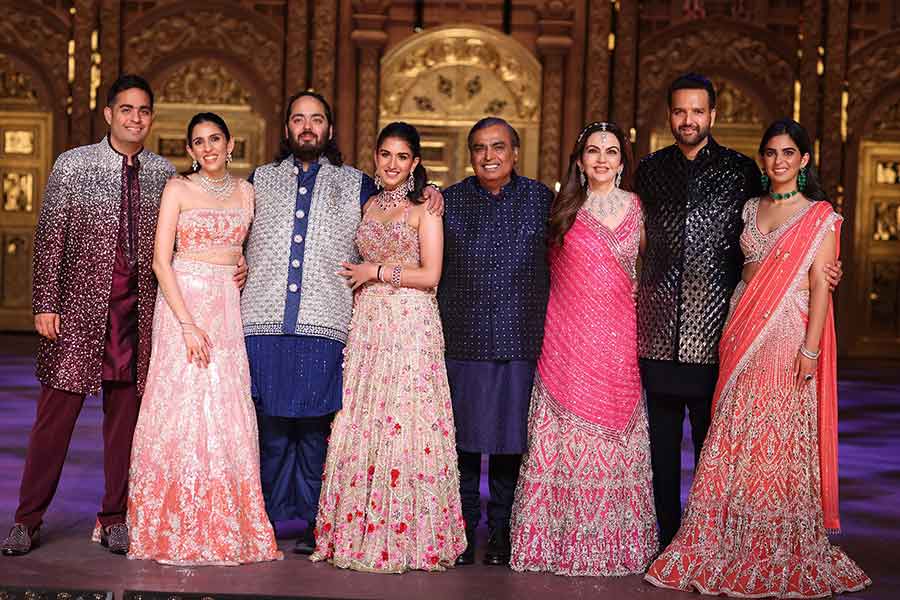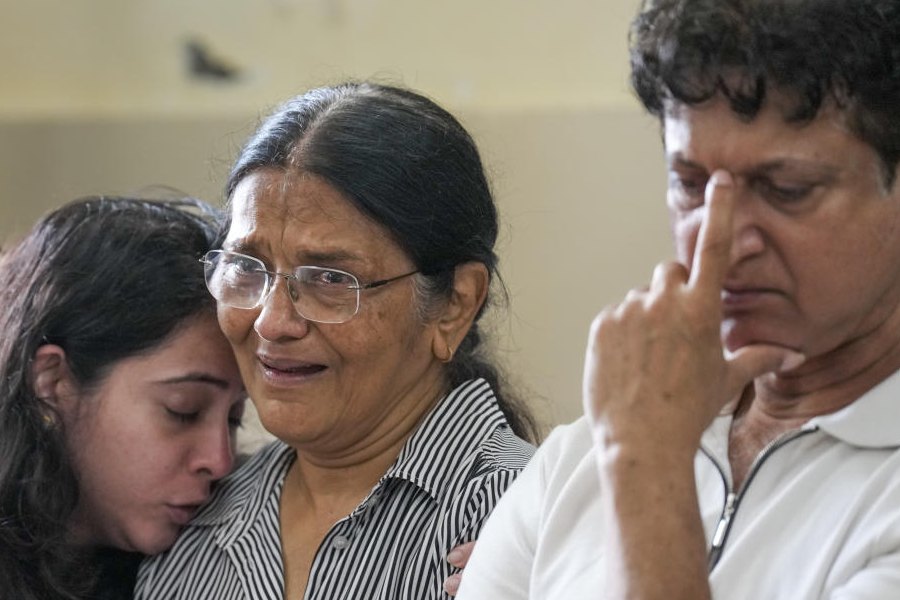New Delhi, Jan. 30 :
New Delhi, Jan. 30:
Good taste in fashion was redefined today. Khadi: the fabric of freedom, a definitive exhibition of stunning, handspun fabrics and garments, was inaugurated today, the 52nd death anniversary of Mahatma Gandhi, by Prime Minister Atal Bihari Vajpayee at Mati Ghar, Indira Gandhi National Centre for Arts.
The exhibition, conceived and executed by textile maven Martand Singh and his crack team of textile historians, experts and fashion designers, gives a shot in the arm for the homespun fabric that became a metaphor for the freedom struggle but had subsequently slid into unimaginative mediocrity. The exhibition is sponsored by the Volkart Foundation.
Two decades ago, Martand Singh embarked on another adventure, Vishwakarma, the exhibition that rediscovered traditional woven fabrics and designed them to suit the contemporary sensibilities of the Indian elite.
In Khadi: the fabric of freedom, Singh has achieved the same coup. He has reinvented the fabric to scale unprecedented heights of sophistication. The process was made easier by textile historian Rahul Jain who gave the handspun cloth new structures.
In this process of rediscovery, Bengal scored top marks with gossamer fine fabrics woven from yarn of 400 counts or more. It is only West Bengal that can achieve this exquisite quality, which is used by top Japanese designer Issey Miyake.
The exhibition focuses on the distinctive tactile and aesthetic character of khadi. It showcases 108 saris and varieties of plain khadi fabric designed by Rakesh Thakore of the Abraham and Thakore label.
Besides, there are 63 garments designed by seven top fashion designers of the country including, among others, David Abraham and Asha Sarabhai, who has worked regularly with Issey Miyake.
Singh finds khadi the most tactile of fabrics and the most comfortable and, therefore, the most luxurious. 'The older I get, I find the less I know and therefore, the more I feel,' says he. It is this feeling for khadi that prompted him to undertake this exercise.
It took Singh two years to develop the new range of fabrics and have high fashion garments stitched from them. He involved his team of textile historians Rahul Jain and Rita Kapur Chishti, designer Rakesh Thakore and many others in this new adventure.
Singh started by mapping the country's khadi production centres by dividing them into fine count, medium count and coarse count areas. Khadi production was further categorised into kisan charkha areas and ambar charkha or new model charkha areas.
The categorisation was fine-tuned so that by the end of the mapping exercise, Singh knew exactly what was available where. For instance, two kinds of excellent coarse count fabrics are woven on kisan charkha in Srikakulam, Andhra Pradesh. They are kondapatti and erapatti, meaning red cotton.
The states where kisan charkhas are most in use are Bihar, Uttar Pradesh, Andhra Pradesh and Karnataka.
Singh discovered fine count fabrics in West Bengal where new model charkhas are mostly in use. He identified the best quality fine khadi in Murshidabad and Fulia in Santipur district.
 Saturday, 12 July 2025
Saturday, 12 July 2025










